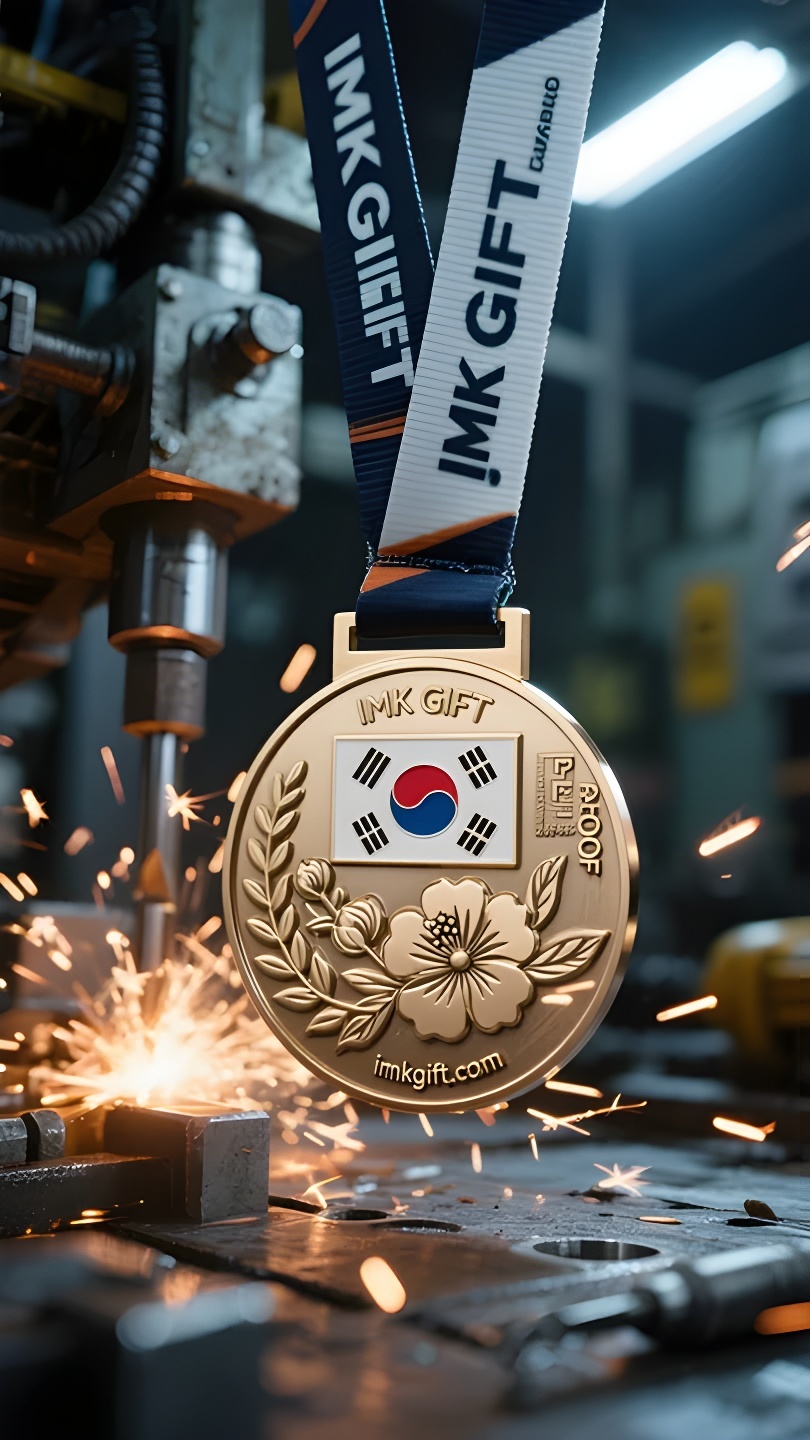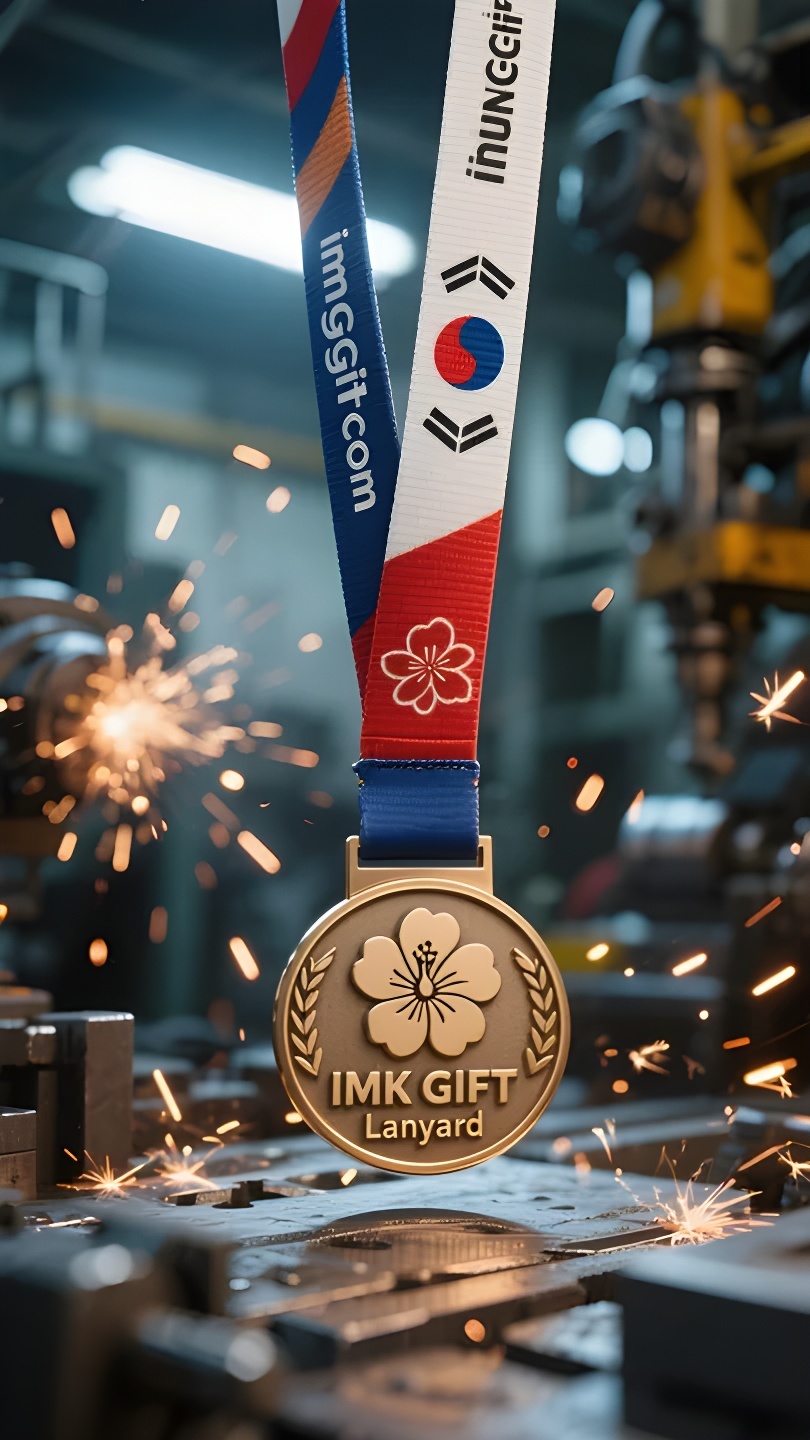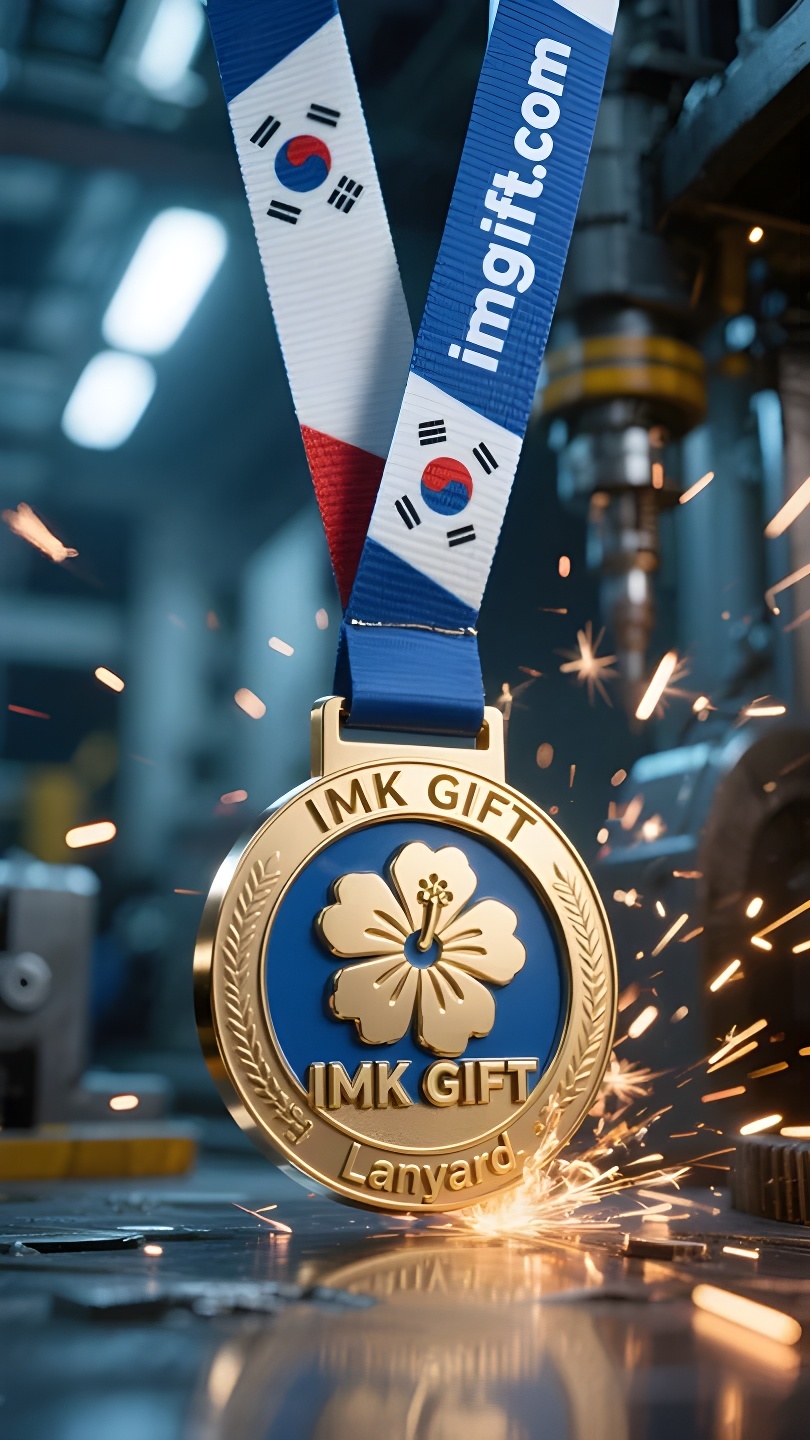in989-히비스커스와-메달-삶의-무대에서-유연하게-꽃피우다
▼
8월이면 한국은 광복절부터 지역 문화 축제까지 다양한 국가적 명절을 맞이하고, 사람들은 거리를 국기와 무궁화 꽃으로 장식합니다. 빨간색과 파란색 태극기와 분홍색과 흰색 무궁화는 민족의 기억을 담고 있을 뿐만 아니라, 고유한 삶의 철학을 담고 있습니다. 최근 한국에서 인기를 얻고 있는 무궁화 꽃 목걸이 메달이 바로 이러한 깊은 의미를 담고 있습니다. 한국의 국화를 원형으로 디자인한 이 메달 목걸이는 전통 섬유 기술을 사용하여 제작되었으며, 각 접힘은 무궁화 꽃잎의 자연스러운 곡선을 표현합니다. 한국 전통에서 무궁화는 “아침에 피고 저녁에 진다”는 의미를 지니지만, 매일 피어 결코 포기하지 않는 강인함을 상징합니다. 이 목걸이의 독특한 신축성 디자인은 주역의 “부드러움과 강함”이라는 지혜와 일맥상통합니다. 국기 중앙의 태극 문양처럼, 음양의 상생 속에 돌파하는 힘이 숨겨져 있습니다. 우승자가 메달을 목에 걸었을 때, 펄럭이는 목걸이는 바람에 뻗어 나가는 무궁화처럼 진정한 영광은 메달 자체가 아니라 역경 속에서 보여주는 유연성과 인내심에 있음을 일깨워줍니다. 서울 마라톤부터 전국기능경기대회까지, 점점 더 많은 대회에서 이 상징을 선택하고 있습니다. 이는 개인의 투쟁에 대한 보상일 뿐만 아니라 온 국민의 생존 지혜를 은유적으로 표현합니다. 무궁화처럼, 바위 틈에 뿌리를 내리고, 연약해 보이는 몸으로 끊임없이 피어나는 모습으로 시대의 무대에 자신의 전설을 써 내려갑니다. 이는 전후 시대의 폐허에서 기술 강국으로 도약한 대한민국의 정신적 코드일 것입니다. 부드럽지만 약하지 않고, 강하지만 부서지지 않습니다.
In August, South Korea welcomes many national celebrations, from Liberation Day to local cultural festivals, and people decorate the streets with national flags and hibiscus flowers. These red and blue Taegeukgi and pink and white hibiscus not only carry national memory, but also hide a unique philosophy of life – this is the deep meaning conveyed by the hibiscus flower lanyard medal that has recently become popular in South Korea. This medal lanyard designed with the national flower of South Korea as the prototype is woven using traditional textile technology, and each fold simulates the natural curvature of hibiscus petals. In Korean tradition, hibiscus “blooms in the morning and falls in the evening” but blooms every day, symbolizing the tenacity of never giving up. The unique elastic design of the lanyard is in line with the wisdom of “softness with hardness” in the Book of Changes – just like the Tai Chi pattern in the center of the national flag, the power of breaking through is hidden in the mutual generation of yin and yang. When the winner wears the medal around his neck, the fluttering lanyard is like a hibiscus stretching in the wind, reminding us that the true glory lies not in the medal itself, but in the flexibility and perseverance shown in the face of adversity. From the Seoul Marathon to the National Skills Competition, more and more events are choosing this symbol. It is not only a reward for individual struggle, but also a metaphor for the survival wisdom of the entire nation: like hibiscus, it takes root in the cracks of the rocks with its seemingly fragile body, and writes its own legend in the arena of the times with its continuous blooming posture. This may be the spiritual code for South Korea’s rise from the ruins of the post-war period to a technological powerhouse – soft but not weak, tough but not broken.
八月的韩国迎来多项国民庆典,从光复节到地方文化节,人们用国旗与木槿花装点街道。这些红蓝相间的太极旗与粉白木槿,不仅承载着民族记忆,更暗藏着一份独特的生命哲学——这正是近期风靡韩国的木槿花挂绳奖牌传递的深意。
这款以韩国国花为原型设计的勋章挂绳,采用传统织物工艺编织,每道褶皱都模拟木槿花瓣的天然弧度。在韩国传统中,木槿”朝开暮落”却日日绽放,象征永不放弃的坚韧。而挂绳特有的弹性设计,暗合《周易》”柔中带刚”的智慧——正如国旗中央的太极图案,阴阳相生中藏着破局的力量。当获奖者将勋章佩戴在颈间时,飘动的挂绳如同木槿迎风舒展,提醒我们真正的荣耀不在于奖章本身,而在直面逆境时展现的柔韧与恒心。
从首尔马拉松到全国技能大赛,越来越多赛事选择这款象征物。它既是对个体奋斗的褒奖,更隐喻着整个民族的生存智慧:像木槿那样,以看似柔弱的身躯扎根岩缝,用持续盛放的姿态,在时代的赛场上写就属于自己的传奇。这或许正是韩国从战后废墟崛起为科技强国的精神密码——柔而不弱,韧而不折。
▼
Contact Us
📞 Tel: +0086-760-85286839
📧 Email: sales3@imkgift.com








